Enhancing landscape connectivity by Nature-based Solutions for cities in a post-COVID world
Résumé
During the lockdown of the COVID-19 pandemic, most countries imposed mobility restrictions (e.g., self-isolation, quarantine). Although these isolation measures had been effective in hindering the spread of the virus effectively, people’s mental health can be strongly affected by these “isolation” measures. To reduce the negative effects of isolation on mental health, some studies suggested that people should be brought closer to nature spaces during the lockdown. In this regard, policymakers are paying more attention to Nature-based Solutions (NBS), which can potentially improve people's physical and mental health via interactions between people and nature.
To enhance the connectivity of the landscape and reduce health risks with the help of NBS in a post-COVID world, it is significant to consider the heterogeneity of the spatial distribution of green spaces. Some studies have found that estimates of green space areas are scale-dependent, it is therefore important to investigate the intrinsic complexity of the heterogeneity of the green spaces across a range of scales. This could be achieved with the help of the universal multifractal (UM) framework (Schertzer and Lovejoy, 1987), a stochastic approach widely used to quantify the variability of geophysical fields across a range of scales. This study aims to improve the landscape connectivity of the green spaces in Paris across scales with the help of the UM cascade model.
To achieve the aim of this study, we first quantified the heterogeneous spatial distributions of green spaces of the selected areas by using the fractal dimension. Then, a distance analysis is performed for non-green spaces to green spaces, and a series of NBS scenarios are created based on integrating potential NBS into the current landscape by using the UM cascade model. Finally, the spatial distributions of the NBS combined with the original green spaces are quantified by the fractal dimension and distance analysis. The results indicate that NBS can effectively improve the connectivity of the landscape and has the potential to reduce the physical and mental risks caused by COVID-19. More specifically, this study proposes a scale-independent approach for enhancing the multiscale connectivity of the NBS network in urban areas and provides quantitative suggestions for cities in a post-COVID world.
